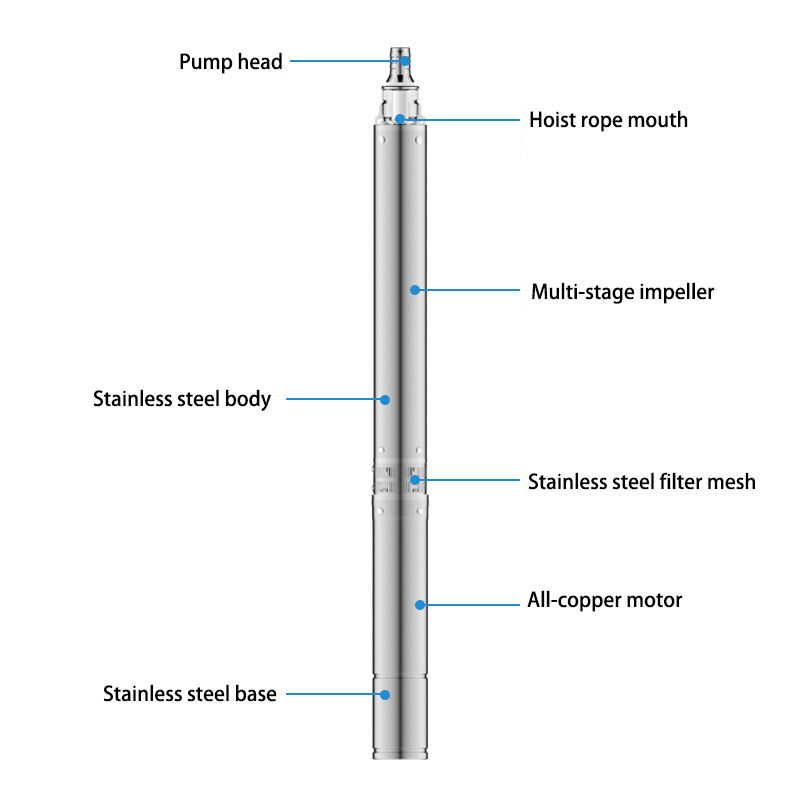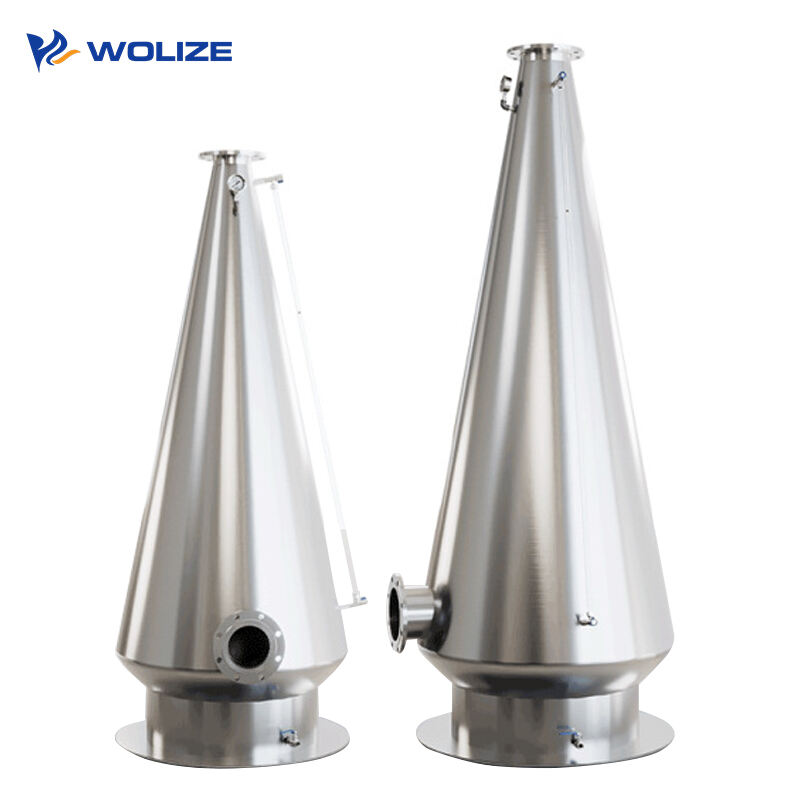 ×
×
Fill a bathtub with fish and pretend it is the above-titled product [6]: Aquaculture ponds. There are ponds where people raise and grow various types of fish for consumption. Wolize has much knowledge of aquaculture ponds and would like to pass along a few tips on maintaining them. Let us go down and find out more about how to manage an aquaculture pond!
It helps if you are a bit of a fish detective with balancing work and play like you are managing a pond full of fish! You need to ensure that everything is just so, for the fish to become big and healthy. Pond water is the first thing to consider. If fish are going to swim and breathe, they need clean water, so in order to keep them alive, you will need to keep the water clean and fresh.
A method to maintain clean water is using a filtration system. This system is responsible for removing all the dirty stuff within the water that can cause the fish to get sick. Wolize recommends monitoring the filtration system periodically to ensure it’s operating properly. It’s important to also test the water to ensure the levels of oxygen, pH and ammonia are just right for the fish.
Maintenance of an aquaculture pond is a significant task, but it is manageable with the appropriate processes implemented! Feeding fish the correct amount of food is one such practice. Over-feeding can foul the water and kill the fish. Wolize recommends feeding fish little bits of food throughout the day to keep them invigorated and healthy.

It’s also helpful to develop a maintenance schedule to remind you of things that should be done regularly, such as cleaning the filtration system, checking water levels and looking closely at the fish for signs of illness. This means that by staying on top of these things, you can preserve the success of your aquaculture pond.

No matter how good the care, an aquaculture pond can still go wrong. Wolize wants to assist you in this by addressing a few potential issues. One frequent issue is that water quality is poor, i.e. ammonia levels are high, or oxygen levels are low. For a solution to these problems, you might want to control the filtration system or increase the oxygen-giving plants in the pond.

Another frequent problem is illnesses in the fish. If you suspect any signs of illness — such as visible sores or odd behavior — you should isolate the sick fish and consult a qualified professional.” Taking action quickly and getting expert advice, will help prevent the spread of disease and keep the fish in your aquaculture pond healthy.
We are certified by ISO9001, ISO22000 and COA. Our products have been successfully sold to 47 countries and regions and 22 large-scale aquaculture facilities with area of more than 3000 cubic meters were built successfully. Our aquaculture system has been used to grow shrimp and fish across 112 countries.
We have more than 15 years production experiences within the aquaculture industry. We are among the top three enterprises within the Chinese aquaculture sector. We have developed strategic alliances with many renowned Chinese universities, and also high-quality, highly efficient aquaculture design team that can provide you with the top quality products and services.
We specialize in producing PVC steel pipes for support of fish pond, PVC galvanized fish ponds and aquaculture equipment, PVC non drinking water bags TPU, EVA drinking water bags TPU oil bags PE containers for liquid bags that are disposable. Aquaculture systems can be equipped with wide range of option.
We can give you with complete aquaculture programs that covers many aspects such as design of the program, equipment configurations budgeting, and equipment installation. This will help you complete your aquaculture venture. The typical business not able to accomplish this.